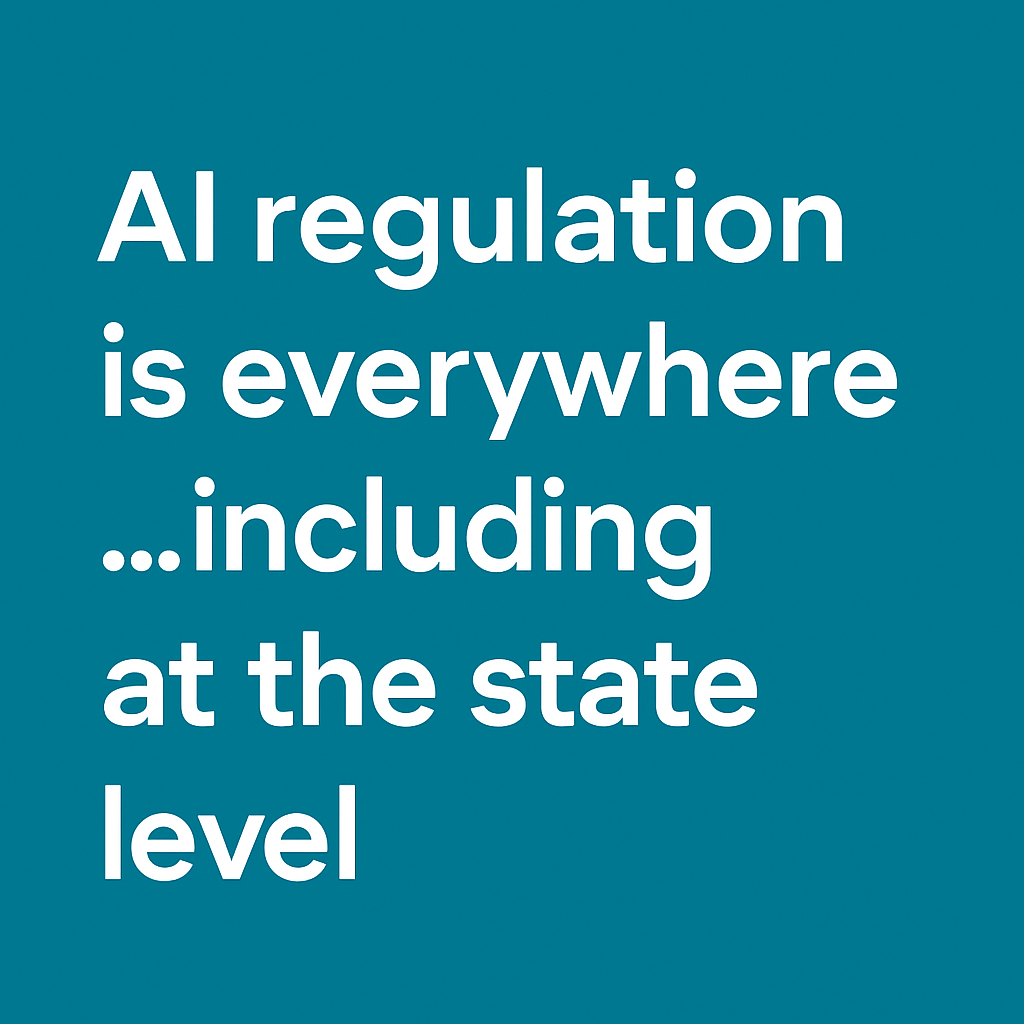In their 2024 “National Money Laundering Risk Assessment,” The U.S. Department of the Treasury explains why anti-money laundering (AML) programs are so important:
“Money laundering enables criminal activity and is necessary to disguise ill-gotten gains. It facilitates crime, distorts markets, and has a devastating economic and social impact on citizens. It also threatens U.S. national security as money laundering allows drug traffickers, fraudsters, human trafficking organizations, and corrupt officials, to operate and expand their criminal enterprises.”
And while many financial institutions have instituted AML programs, Treasury reports that some compliance efforts and controls continue to be deficient in assessing vulnerability to fraud.
It's understandable why some anti-fraud programs may be underperforming. Just look at the modern-day challenges financial institutions face: identity theft, synthetic identity fraud, cybercrime, virtual assets, and a growing number of scams via social media, to name only a few. For financial institutions trying to make their platforms and the financial world safer, it’s becoming increasingly complicated to scan for and identify risks.
Traditionally, compliance officers searched relevant databases to identify clients who may be sanctioned, listed as “wanted,” or on watchlists. But these efforts aren’t enough in today’s digital, global ecosystem. To effectively identify potential bad actors, financial institutions should consider 24/7 capabilities to scan, filter, and analyze data from as many sources as possible, including media from every corner of the web (news articles, blogs, social media, online forums, foreign media, and other publication platforms). Older list matching or core matching technologies and manual investigations just can’t keep up with the explosion of social media content and vast amounts of digital data. Fortunately, artificial intelligence is helping financial institutions improve the efficacy, efficiency, and scale of their AML and Know Your Customer (KYC) operations in three big ways.
1. Scanning and filtering data
AI-based tools work in an always-on capacity to process large amounts of data quickly and accurately. AI can gather information from multiple structured and unstructured data sources in real time, including internal databases, big data, transactional records, government sources, news articles, blogs, social media, online forums, and other public sources. AI-based solutions use sophisticated large language models, natural language processing, structural pattern recognition, and machine learning to help understand context and surface data that is contextually relevant and may warrant an alert, in turn, helping financial institutions identify potential risks early on and react more quickly to them.
These capabilities are an improvement over software-based tools that only scan and filter information based on an exact match of keywords, data fields, or other criteria, and are more likely to miss information or generate false positives. For example, a compliance officer who uses a keyword matching tool to search a word like “impersonator” might surface results that include a list of actors and comedians who do impressions. These would be false positives. Since AI can be trained to understand the context of a word or phrase, firms can guide the AI to eliminate these false positives, improving the accuracy and efficiency of the screening process.
“Because contextualized decision-making is a human function, the key to a strong risk and compliance program is not decision-making technology — it’s technology-assisted decision making.”
2. Analyzing context and assessing and ranking risk
AI’s ability to scan, filter, and analyze large amounts of data in real time, combined with its contextual understanding, enables compliance teams to boost efficiency. Not only can AI help reduce false positives, but it can also allow firms to rank-order true, potential risks so that compliance teams can prioritize investigations accordingly.
Using the “impersonator” example above, the false positive names of actors and comedians would traditionally require review and further investigation by a person or team—a potentially time-consuming task. In an AI-augmented workflow, the AI can be trained by humans to recognize these results as contextually inaccurate and automatically eliminate the need for further investigation, freeing compliance professionals to focus on the most important risks first.
Beyond contextually identifying potential bad actors and their associated risks, AI can also be used to assess the severity of any media coverage related to a potential bad actor and the related severity of that risk. Analyzing data from all sources, the AI can provide compliance teams with insight into whether there are implications for non-compliance under regulations, such as the USA PATRIOT Act, the Bank Secrecy Act (BSA), and the EU's Anti-Money Laundering Directives. If there are, teams can additionally use AI’s analytical capabilities to suggest how to manage that risk.
3. Determining level of due diligence
Just as a compliance team’s work does not end at identifying potential risk, AI’s capabilities are being put to work to help compliance teams perform due diligence for true risks more efficiently.
In addition to identifying and rank-ordering risk from the greatest potential for fraud to a lower potential, firms are using AI to automatically classify findings into risk categories, such as financial crime, fraud, corruption, and terrorism financing. This risk profiling capability helps compliance leaders more quickly prioritize assignments for associated customer due diligence tasks, helping to ensure resources are focused on the most critical issues.
AI-augmented decision making can give compliance teams an advantage
These three applications of AI in the AML/KYC process save compliance teams time and resources and can help strengthen a firm’s risk compliance program. However, AI is not perfect. Nor is it guaranteed to eliminate fraud. It also needs to be trained to understand the context of each firm’s operations. But its ability to process information at a rate and volume that far exceeds traditional core matching technology and human capacity cannot be ignored. For financial firms that use AI to augment existing AML/KYC processes, the ultimate payoff can be increased vigilance in combating fraud and misconduct.
If you're exploring AI compliance solutions, knowing how the tool works is critical. This white paper outlines key considerations for evaluating tools, plus 14 questions to ask potential vendors. Click here to download the white paper.
The opinions provided are those of the author and not necessarily those of Fidelity Investments or its affiliates. Fidelity does not assume any duty to update any of the information.
1153242.1.0


-1.png)




